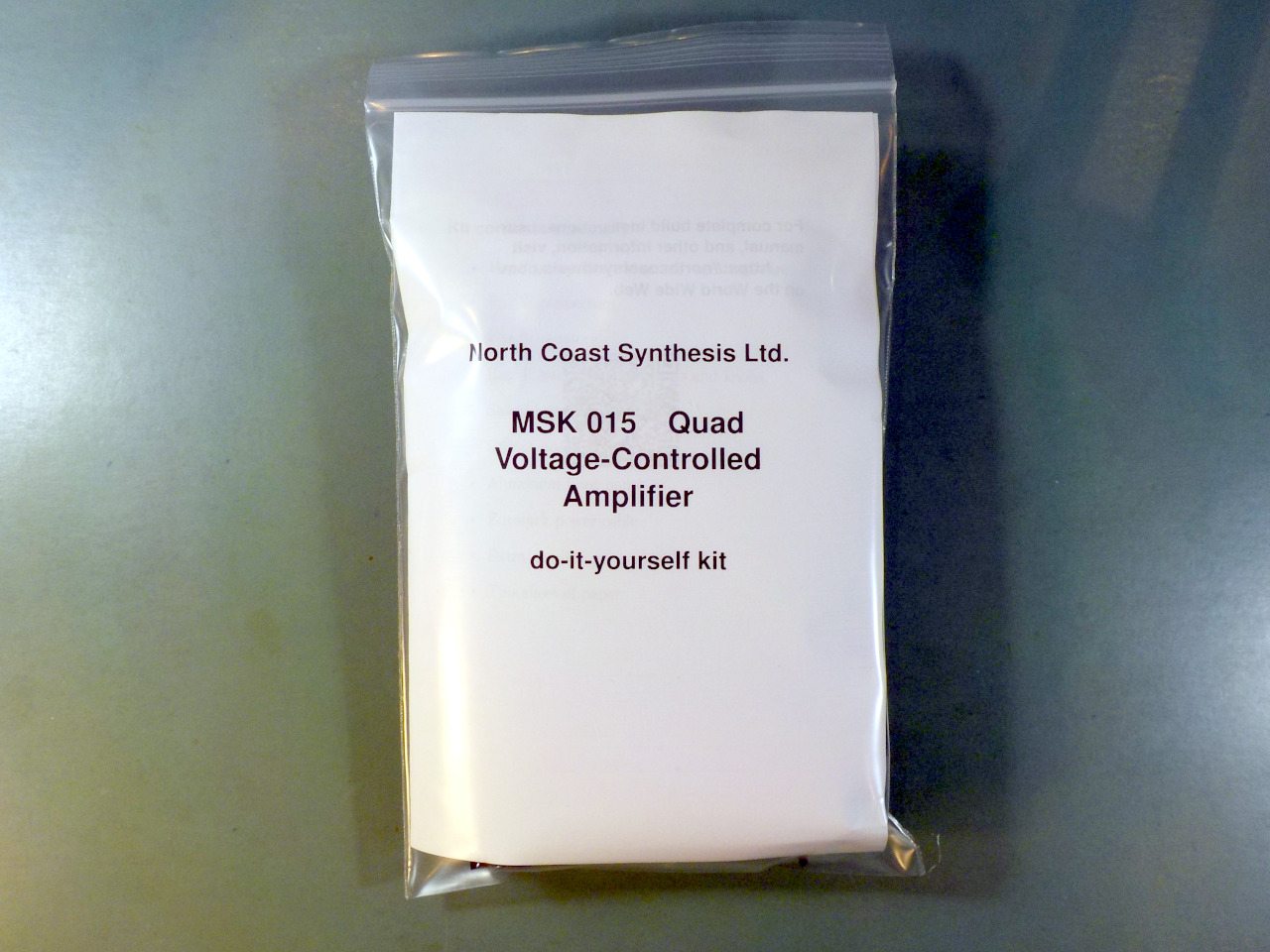Random thoughts on negative resistance
2018-01-14 electronics
It's been an exciting week here at North Coast. Since selling out the first batch of Leapfrog filters, I've been busy making more. That's still in progress. Then just yesterday I gave a talk at Frequency Freaks, here in Toronto, and that seemed to be well-received. At least, they asked me plenty of questions. I've also been playing a lot with the Roland D-05 I got as a present for the winter holidays, trying to learn how to program it. Somewhere in the middle of all this I'm trying to make progress on the development of the next North Coast module, the MSK 011 Transistor Mixer. There's been Spectre/Meltdown mitigation to do and a move of one of my backend servers to another data centre. And I have a couple of other super secret projects on the go.
All this hasn't left much time for preparing a proper Web log posting, but I'm trying to stick strictly to one every Sunday, so here are some thoughts on negative resistance.
One of the subjects that came up in my Frequency Freaks talk was the idea of using light bulbs in audio circuits. The MSK 010 Fixed Sine Bank contains what are called "Wien bridge" oscillators, in which a tuned amplifier feeds back into itself to sustain a sine-wave oscillation. In order for it to stay oscillating but not distort too much, it's important that the gain of the amplifier be carefully adjusted to cancel the loss in the feedback circuit. I do that with Zener diodes, which start to turn on as the amplitude increases, and cause the gain to back off to just the right amount. It works, and I'm sure it was the right technique for this circuit, but the really traditional way to control a Wien bridge is to use an incandescent light bulb. The bulb is used like a resistor in the op amp's control network; as the amplitude increases the bulb heats up, that changes its resistance, and so the gain changes. The cool thing about a light bulb is that because it takes some time to heat up or cool down, it can "remember" the amplitude from the peaks of the waveform to continue controlling the gain during the valleys, and that allows it to keep the oscillator under control with very little distortion. It wouldn't work for an LFO design because the oscillations have to be faster than the light bulb, and there are some other disadvantages; but it was and to some extent still is a popular way to control a high-quality audio sine wave oscillator.
Then from there it may be reasonable to ask about using fluorescent lights in an audio circuit. I've written a couple of times about this over the years and it's still kind of in the back of my mind: I have this image of playing a thing like an organ but where the "pipes" are actually fluorescent tubes and they aren't just decorative but figure in the circuit somehow. I think the way to realize this would be to somehow make use of the negative resistance characteristic of fluorescent tubes.
It may not be obvious that there could be such a thing as negative resistance; thinking about the consequences of having a resistor with a negative value in a circuit, it's easy to think of scenarios where it would give contradictory results, or violate basic physical laws. Fundamentally a resistor (positive-valued) has a voltage-current curve something like this, with a constant, positive slope:
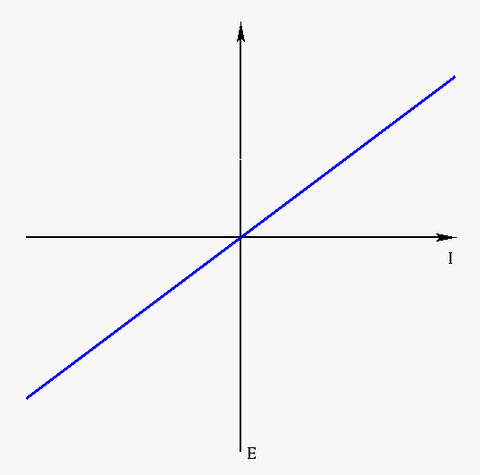
We can imagine how a negative resistance would behave at least insofar as we can draw a line with a negative slope:
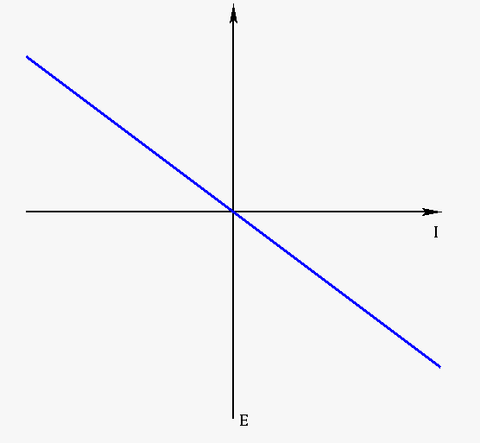
But what does that really mean? Suppose you had a device obeying the above curve and you connected it to a battery. It would drive a current backwards through the battery, in proportion to the battery's output voltage at the moment! The battery would gain charge instead of losing it, and I just hope that was meant to be a rechargeable battery. So, the negative resistor is an automated battery charger. Might be nice to build into a portable device like a cell phone. You'd just have to be careful to disconnect it before it overcharged the battery with ever-increasing charge current as the voltage rises higher and higher. Something like this clearly cannot exist as a two-terminal device in isolation, because it needs to get energy from somewhere.
There's actually a way around the conservation of energy issue: just have the negative resistance appear across two terminals of a more complicated circuit that does in fact draw power on other terminals. I'll look at how to achieve that later. But first, let's consider how a device without its own power supply could function as a negative resistance.
Resistance is the ratio between voltage and current, but there are two ways we can describe that. We can take the total amount of voltage and current and divide them; that's classic Ohmic resistance. Or we can say, if I increased the current by a small amount from where it is right now, how much would the voltage increase in proportion to the current increase? That gives what's sometimes called dynamic resistance. In the case of a traditional pure resistor, the numbers are the same; but it's possible for a two-terminal device to have a more complicated curve where the two kinds of resistance are much different, and where the dynamic resistance even goes negative, without violating conservation of energy. There's no law of physics that prevents a small increase in current from causing a decrease in voltage. For example:
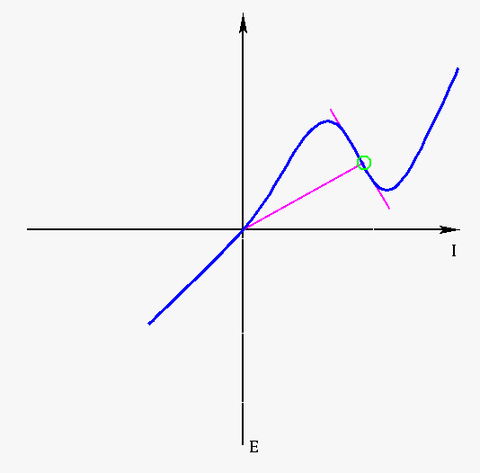
At the point marked by the green circle, the Ohmic resistance (magenta line from the origin) is positive; current goes in the right direction for the applied voltage and the device is dissipating, not sourcing, power. But the tangent line has negative slope; the device has negative dynamic resistance. Increasing current decreases voltage and vice versa. And there are real devices - especially those involving arcs and gas discharges, such as neon glow lamps and fluorescent light tubes - that really behave this way.
The classic relaxation oscillator is one common application. There, you just connect a neon glow lamp across a capacitor with a high voltage and a resistor (which together approximate a constant current source):
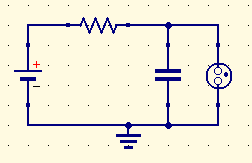
I've deliberately left out component values on that diagram; they tend to require a lot of experimentation with the individual neon lamps to get ones that work. But common neon glow lamps typically have a strike voltage of 70 to 90 volts and you want your DC power supply to be somewhat higher than that, maybe 100 or so. The resistor and capacitor are then chosen for the desired frequency. What happens is that the lamp starts out dark and high-resistance (in the Ohmic sense). The capacitor charges through the resistor. But then when the voltage across the capacitor (and thus the tube) gets high enough, the tube will "strike," and become low Ohmic resistance. That drains the capacitor faster than the incoming current can keep it charged, so the voltage falls, and it quickly drops low enough that the tube can no longer maintain a discharge, at which point it stops conducting and the capacitor charges again. On the E-I diagram it's going through a cycle something like this:
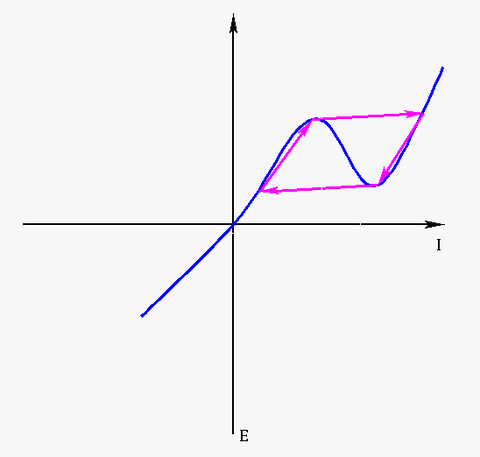
People have done some synth stuff with this kind of circuit and extensions of it. I don't know of anyone who's gotten a full-size fluorescent tube oscillating in the basic relaxation circuit, and I suspect it might not be so easy. The way a basic (not fancy "compact") fluorescent fixture works is that the ballast, a combination resistance and inductance, serves as a constant-current source during the peaks of the power waveform to bias the tube somewhere in the middle of its negative-resistance region. The whole thing is designed to strongly avoid oscillation. There's also some special handling because the tube cannot strike on a cold cathode as a glow lamp would, at least not at the voltages encountered in normal operation. Instead, the electrodes at both ends are tungsten filaments that can be heated up under the control of a "starter," and when you flip the switch, they heat briefly to reduce the striking voltage and then the starter applies an inductive kick to boost the voltage and establish the discharge. (Hot metals, especially metals of high atomic number like the barium used in coating the filaments of these tubes, will spit out electrons in a way that makes it easier to strike the tube at low voltage.) After the tube is running, the ongoing discharge through the gas inside is supposed to keep the filaments hot enough that they no longer need current flowing through them, and the whole thing is also supposed to stay hot through the zero parts of the power cycle so that it can strike again on the other side. I don't know if it'd be easy or possible to set things up so that this kind of tube could replace the neon glow lamp in the classic relaxation oscillator, and it may well be that even a circuit that seemed to work briefly would end up at least burning out the tube filaments and possibly causing the whole thing to explode into glass shrapnel with a whiff of mercury vapor. But... that sounds fun, doesn't it? So it's one random thought.
Here's another. Look at this diagram of a common-emitter transistor amplifier with self-bias:
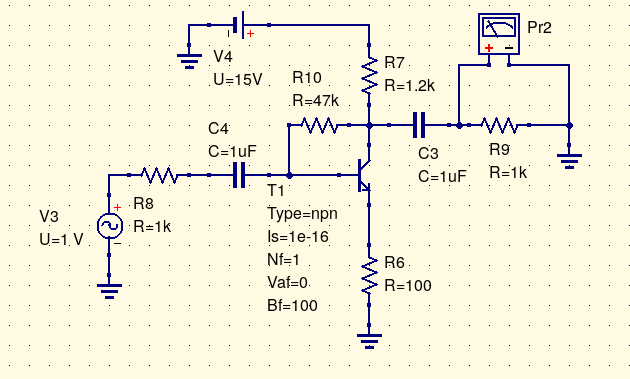
The input source at left injects or removes a little bit of current through the transistor base. That causes a much larger change in current through the transistor's collector (because that is how the transistor operates), which in turn changes the voltage across the collector resistor R7, and some of that voltage change appears across the load resistor R9. The circuit as drawn has a gain of a little over 4.
Now look at this negative-resistance amplifier circuit:
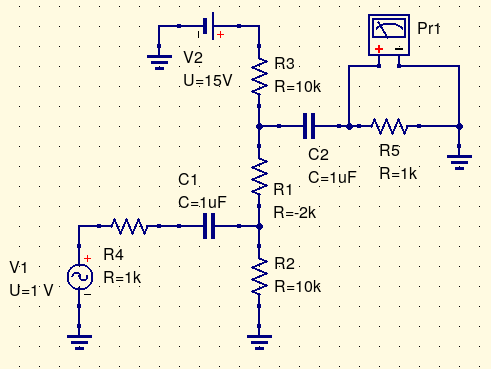
Injecting a current through the input capacitor into the bottom of the negative resistor has the effect of raising the voltage there, reducing the current through the negative resistor, thereby increasing the voltage across it, and so driving up the voltage on the output more than the amount corresponding to the input. This, like the transistor circuit, is an amplifier; and the way I've drawn them suggests that they really have a lot in common (though I have glossed over the fact that one of them inverts phase and the other doesn't). Component values chosen for similar gain in the two circuits.
We cannot really build a pure DC negative resistance like that shown in my diagram, but what we can possibly do is build a circuit that looks like this diagram at the AC frequencies of interest, with some kind of DC biasing arrangement (the resistors shown are a start) that shifts it into the necessary part of the E-I diagram. Maybe the negative resistor could actually be a fluorescent tube, and although a continuous DC discharge is not exactly its standard operating mode either, maybe by keeping the power low and avoiding repeated nonstandard striking it could be less likely to burn out or explode. So that's my second random idea: negative resistance amplification, preferably with an analogy to how transistor amplifiers work.
As a third and final random idea, remember I've said a couple of times we cannot build a pure DC negative resistor that goes through zero? Actually, we can, and it looks something like this:
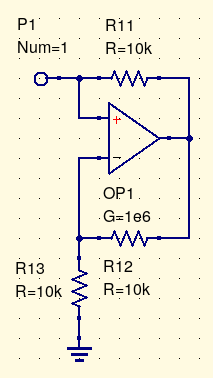
The op amp, R11, and R12, form a current mirror. Whatever voltage is applied to P1, the op amp will force the same voltage to appear at its negative input which is the top of R13. Whatever current flows into P1 must go through R11, and then the op amp will draw the same current through R12 because they are equal resistances with equal voltages at both ends. That means a current of the same amount must flow out of the top of R13. So if, for instance, we apply 1V to P1, the current through R13 is 100µA by Ohm's Law and then there must be 100µA of current flowing out of P1 into the outside world. The whole arrangement looks like a -10kΩ resistor to ground, with a response (at least, over the range that the op amp can handle) looking like the perfect through-zero negative slope from before.

Extending this to work as a both-ends-floating negative resistance is a bit more work, but possible in principle. And that's the third random idea for this week. Can you build an interesting audio circuit out of it?
◀ PREV Modular synthesis intro, part 4: Some pitfalls || Modular synthesis intro, part 5: Saving money NEXT ▶
